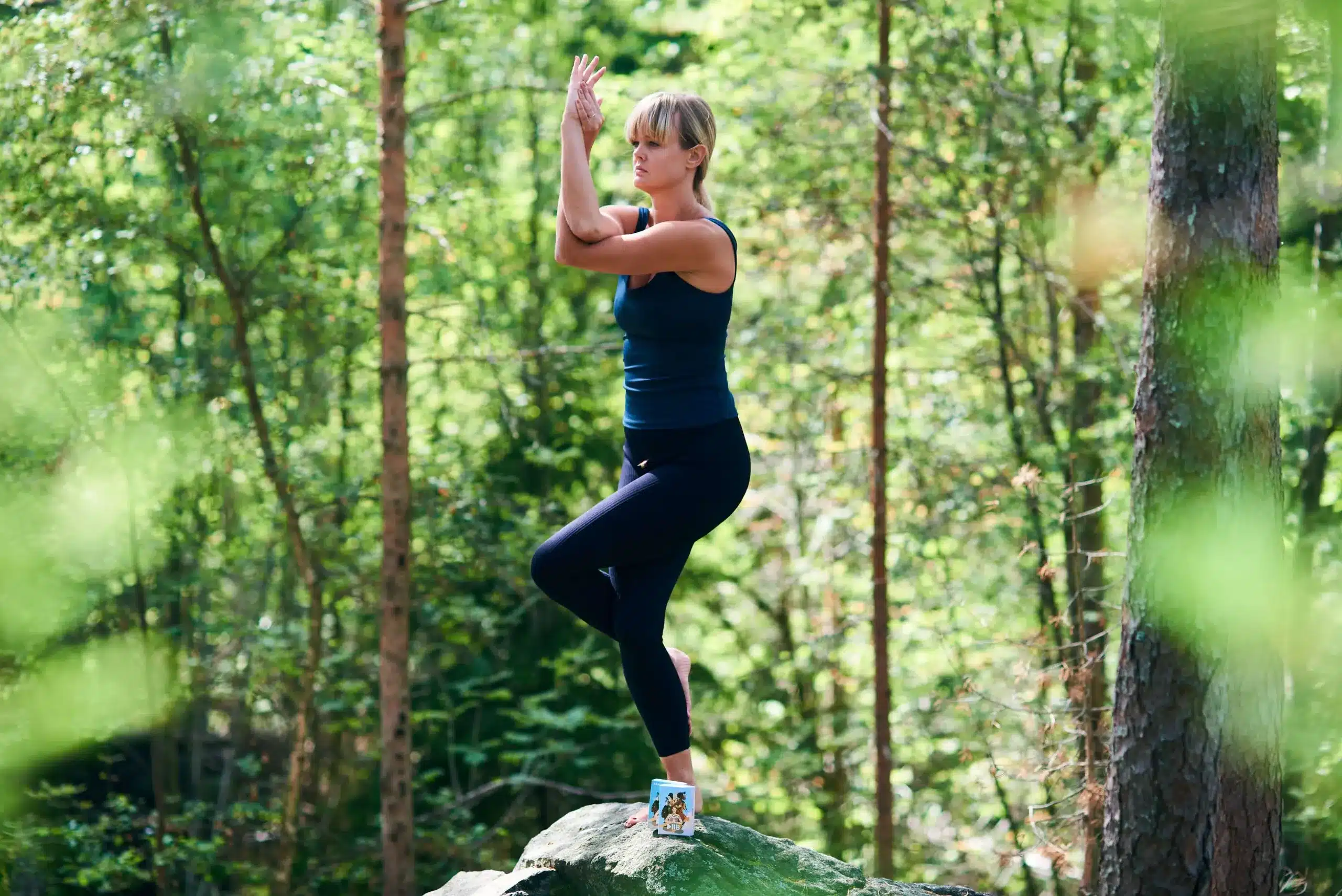Today, we’re going to start the incredible journey towards Yamas and Niyamas. This will help integrate the principles of Yoga into not only our practice but also in our daily lives!
Now the best part… the introduction of the Yama Of The Month!
This month we’ll start exploring one of Yoga’s most famous principles… Ahimsa.
This is the first and most important of the Yamas.
And if I may add: also the most discussed and misunderstood.
The literal translation of ahimsa means ‘non-violence’.
It’s usually translated as: “Don’t kill or harm others and respect the environment and animals.”
But there is one point we end up missing or we tend to forget.
Through a different, more ‘Indian’ and less Western perspective, we can sum up it in 2 words: it depends.
We have the habit of seeing things as positive or negative, regardless of the circumstances.
This way of thinking can create absolutism and lead to arrogance and oppression.
Especially in the western yogic world, we often create a paradox.
When we believe that certain behavior is “violent” and we want others to see it the same way, at all costs…
We are using “violence” towards those who might have a different opinion.
But in truth…
Wanting to change another individual at all costs is violence.
Not respecting someone’s space is a form of violence.
Giving unsolicited help or advice is violence.
Violence, as you see, has many shapes.
This reflects the behavior we have towards ourselves.
It is not just a question of self-harm.
Being violent is an attitude that also affects our minds.
Not living the life you want, for example, is a form of violence towards yourself. Not taking time for yourself is a form of violence too.
So… what exactly does Ahimsa mean?
Ahimsa is the ability to respect the existence of different options, choices, and behaviors.
It is the awareness that nothing is absolutely bad and violent… or absolutely good and peaceful.
These concepts must be contextualized each time, and we have to remember that they will always be subjective — based on how we look at the world, according to the values that guide us.
This tendency to put labels on everything has an outstanding effect on us.
We put ourselves in definitions that don’t allow us to grow, change, evolve and welcome our own totality — with all its contradictions.
The solution relies on our constant self-inquiry and on the way we conduct our practice.
Dismantle the layers of our inner world, together with its beliefs and convictions, is what Ahimsa, ultimately, asks us to do.
It’s a hard job, I know.
But everyone can start exploring Ahimsa in daily life, answering some of these questions:
How well can I accept the diversity of others?
How well can I face what life puts in front of me, without judgment?
How do I treat myself? How do I treat others?
Am I willing to put kindness first in what I say and do?
For the time being, I would say there is a lot to think about it!
In the coming weeks, we’ll look specifically at how to integrate Ahimsa into our self-practice.
In the meantime, if you’re particularly interested in this topic, I recommend reading the book Deep Kindness: A Revolutionary Guide for the Way We Think, Talk, and Act in Kindness by Houston Kraft.
Feel free to share with me your thoughts inside our Facebook group or by replying to this email. I look forward to hearing from you.
With love,
Arianna






